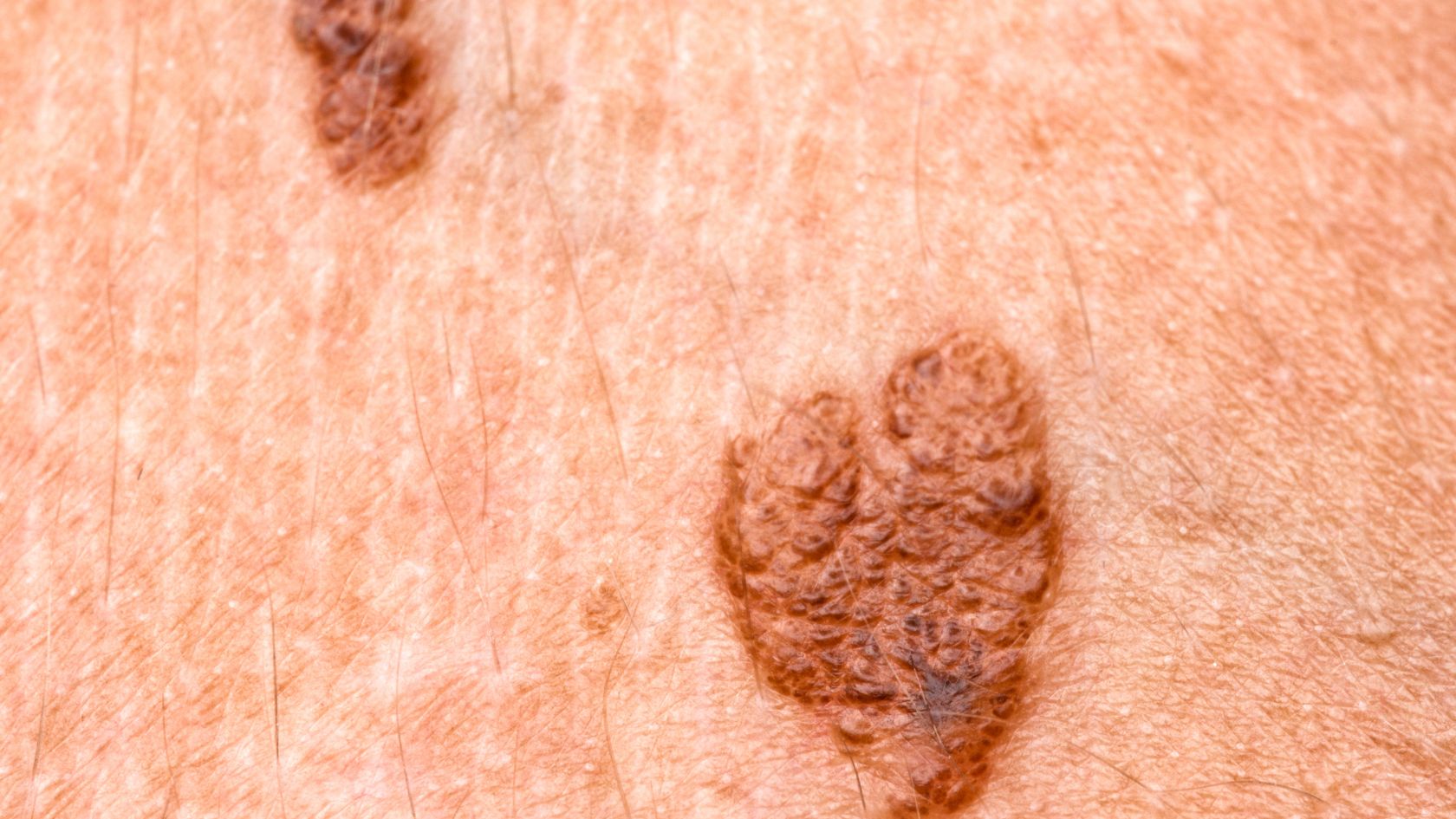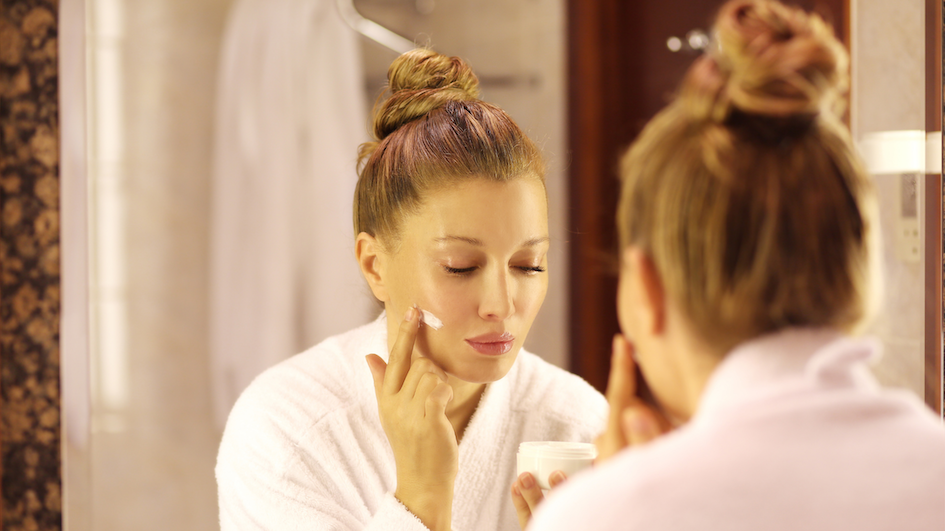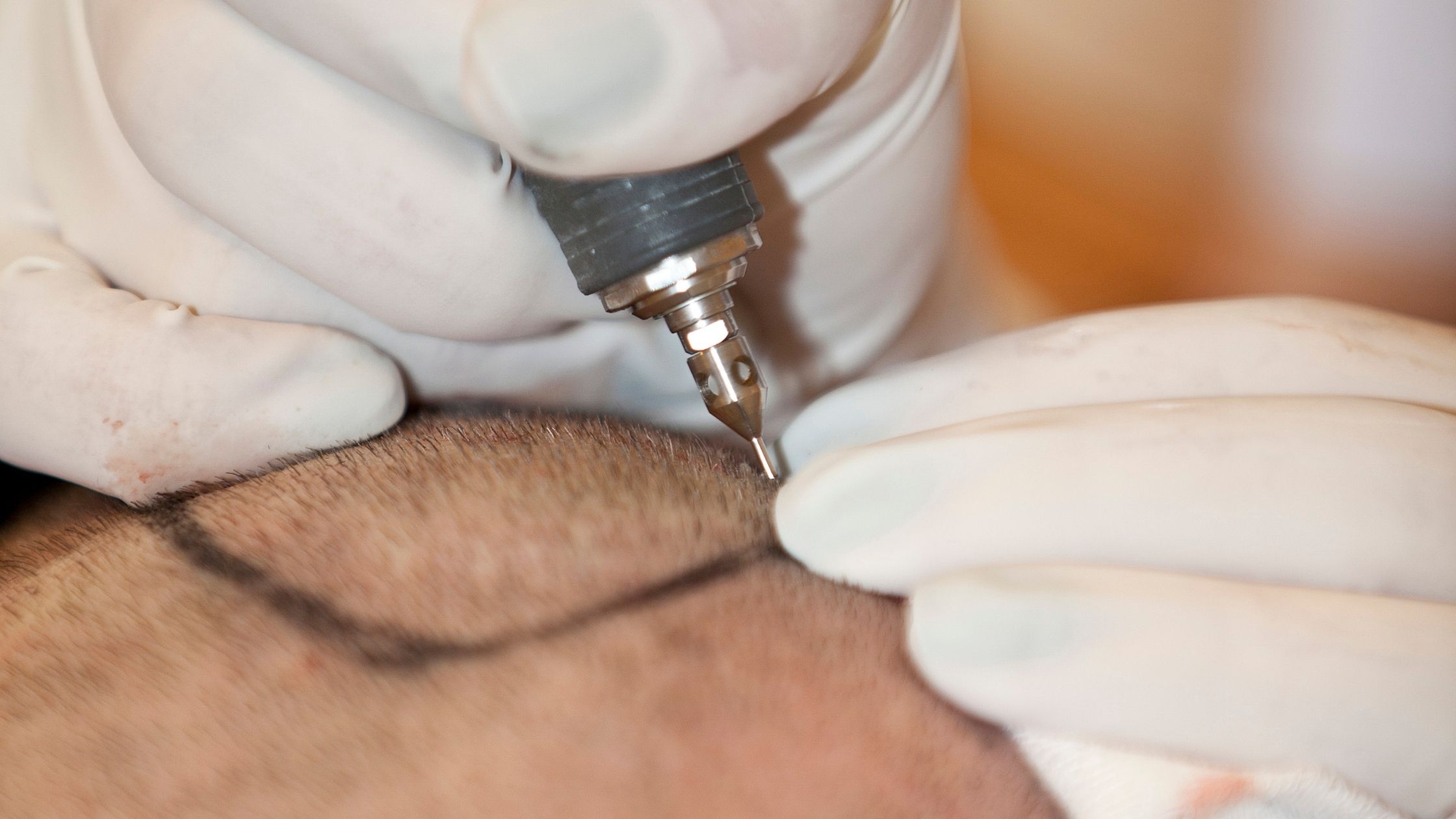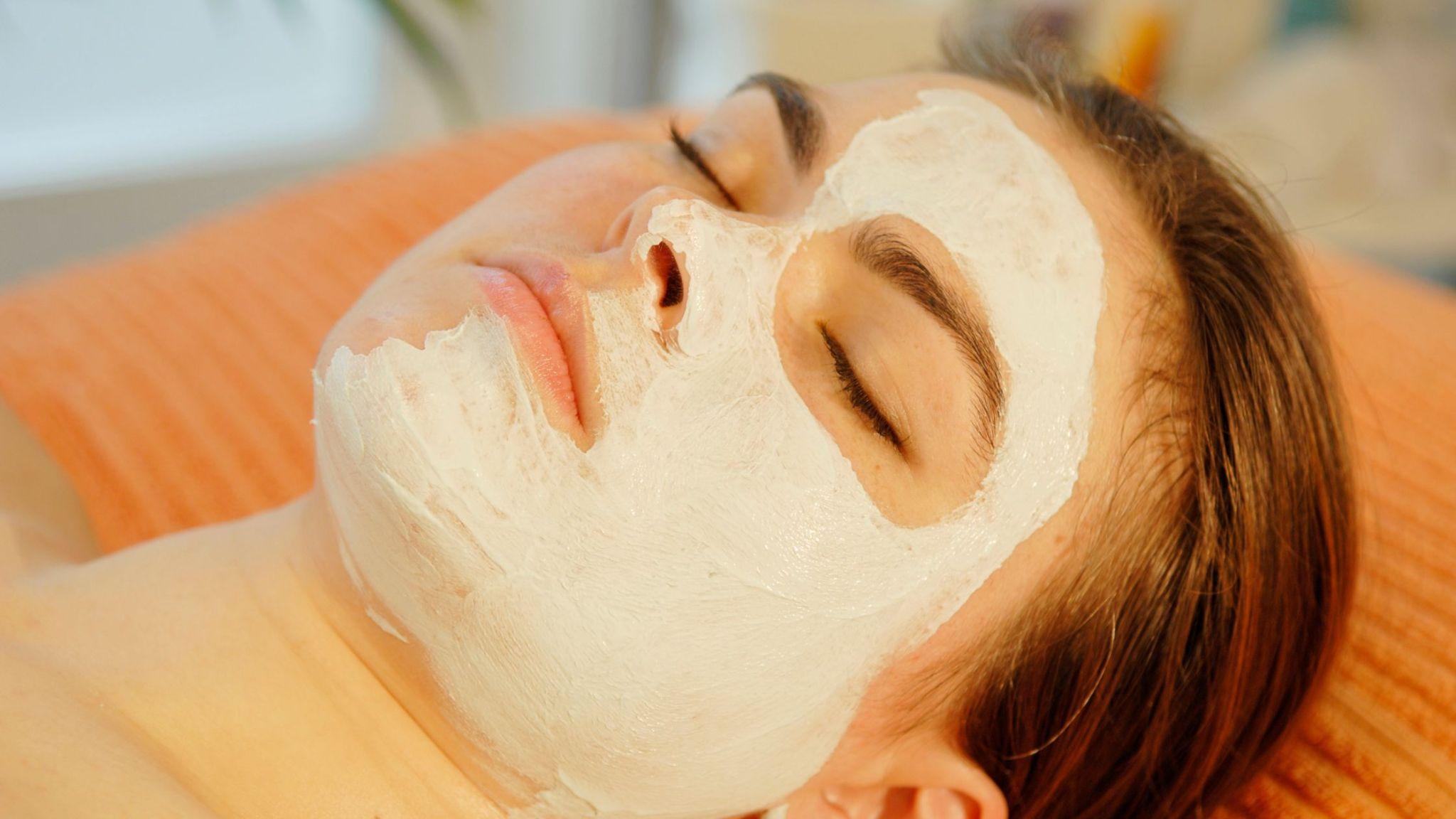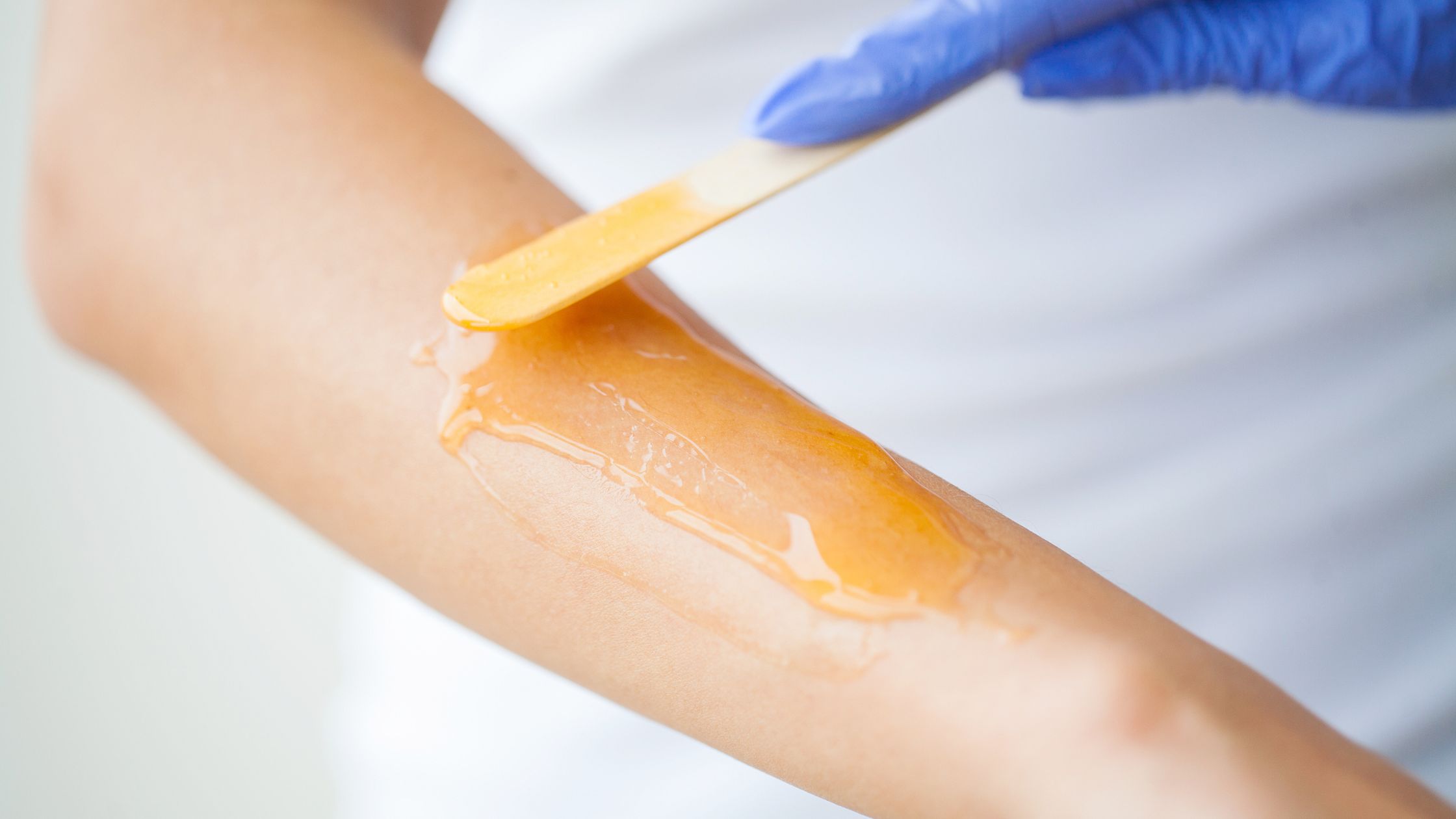What are dark circles?
Dark circles, also known as periorbital hyperpigmentation, are the dark discoloration that appears under the lower eyelids. These circles can vary in color, ranging from bluish-black to brown or purple. They can affect both men and women and tend to become more prominent with age. Dark circles are a result of several factors, including genetics, lifestyle choices, and the natural aging process. We will explore all of these causes in detail in the next section.
Causes of dark circles
There are 4 key factors that contribute to the development of dark circles. Here are they –
1) Genetic factors
Some individuals have a hereditary predisposition to thinner skin or increased pigmentation around the eye area, making them more susceptible to dark circles. If your parents or close relatives have dark circles, you are more likely to develop them as well.
2) Lifestyle and habits
Various lifestyle factors and habits can contribute to the formation of dark circles. These include:
- Lack of sleep: Inadequate sleep can lead to the dilation of blood vessels under the eyes, resulting in a darker appearance.
- Excessive stress: High-stress levels can affect blood circulation, leading to the appearance of dark circles.
- Poor nutrition: A diet lacking essential nutrients can contribute to the development of dark circles.
- Sun exposure: Repeated exposure to the sun’s harmful UV rays can cause pigmentation irregularities, including the formation of dark circles.
- Smoking and alcohol consumption: These habits can dehydrate the skin and reduce its elasticity, making dark circles more prominent.
3)Pigmentation Issues
Excessive melanin production can lead to the appearance of dark circles. This is more common in individuals with darker skin tones.
4) Age
As we age, our skin loses its elasticity and becomes thinner. This can make the blood vessels beneath the eyes more visible, causing dark circles to become more prominent.
How to Prevent Dark Circles?
Prevention is key when it comes to dark circles. By adopting healthy habits and making certain lifestyle changes, you can minimize the risk of developing dark circles. Here are some tips you can follow:
- Aim for 7-9 hours of quality sleep each night to allow your body and skin to rejuvenate.
- Practice stress management techniques, such as meditation. Engaging in hobbies can also help reduce stress levels and prevent the appearance of dark circles.
- Eat a well-balanced diet comprising fruits, vegetables, and lean proteins. They can provide the necessary nutrients for your skin.
- Stay hydrated by drinking an adequate amount of water every day.
- Wear sunscreen with at least SPF 30 and use sunglasses to shield your eyes from direct sunlight.
- Quit smoking and alcohol.
How to treat dark circles?
Here are some effective dark circle treatments that you can try –
Home Remedies for Dark Circles
- Applying a cold compress such as a chilled spoon or a cloth soaked in cold water, can help reduce puffiness and temporarily diminish the appearance of dark circles.
- Cucumbers have natural astringent properties that can temporarily lighten the skin. Placing cool cucumber slices over your eyes for around 15 minutes every day can provide a soothing effect and help reduce dark circles.
- The antioxidants present in tea can help rejuvenate the skin. Chilled tea bags, especially green tea or chamomile, can be placed on the eyes to reduce puffiness and alleviate the appearance of dark circles.
- Almond oil contains vitamin E, which is known for its skin-brightening properties. Gently massaging a few drops of almond oil around the eye area before going to bed can help nourish the skin and improve its appearance.
- Aloe vera has natural anti-inflammatory and skin-rejuvenating properties. Applying a small amount of aloe vera gel to the under-eye area can soothe and hydrate the skin, reducing the appearance of dark circles.
Over-the-Counter Dark Circle Treatments
- Use an eye cream specifically formulated for dark circles. It can provide the necessary hydration to the under-eye region. Look for ingredients such as vitamin K, vitamin C, retinol, or hyaluronic acid in the product.
- Use retinol-based creams or serums to improve the texture and appearance of the skin, including the area under your eyes. Retinol is a derivative of vitamin A and is known for its skin-renewing properties.
- Apply vitamin C serum to the under-eye area. It can result in an even skin tone. Vitamin C is a powerful antioxidant that can help brighten the skin and reduce pigmentation irregularities.
- Use eye creams or serums containing hyaluronic acid. Hyaluronic acid is a hydrating agent that can nourish the skin and minimize the appearance of dark circles.
- Use makeup products such as concealers or color correctors specifically designed for dark circles. It can instantly make the under-eye area appear brighter and more even-toned.
Medical Dark Circle Treatments
1) Chemical peels
Chemical peels are primarily used to improve the texture and appearance of the skin by removing the outer layers and promoting cell turnover. While they are not specifically designed to target dark circles, certain types of chemical peels can help improve the overall skin tone and reduce pigmentation, which may indirectly reduce the appearance of dark circles.
Chemical peels containing ingredients like Alpha Hydroxy Acids (AHAs) or Trichloroacetic acid (TCA) can be used to exfoliate the skin and promote the growth of new, healthier skin cells.
2) Laser therapy
Laser therapy can be used to target specific skin concerns that may contribute to the appearance of dark circles. For example, laser treatments such as Fractional Laser Resurfacing or Intense Pulsed Light (IPL) therapy can address pigmentation issues, improve skin texture, and stimulate collagen production. All of this can help in the reduction of dark circles indirectly.
It’s important to note that the effectiveness of laser therapy for dark circles can vary depending on various factors, such as the underlying cause of the dark circles, skin type, and overall health of the patient.
3) Dermal fillers
Dermal fillers can be used as a treatment option particularly when the dark circles are caused by a loss of volume or a hollowing effect in the tear trough area. Tear troughs are the depressions that extend from the lower eyelids to the cheeks.
Injecting dermal fillers, such as hyaluronic acid, into the under-eye area can restore lost volume and reduce the appearance of dark circles caused by hollowing or shadowing. Hyaluronic acid is a substance naturally found in the body that helps maintain volume and hydration of the skin. By filling in the hollows, the transition between the lower eyelid and cheek is smoother, resulting in a more youthful appearance.
4) Platelet-Rich Plasma (PRP) therapy
PRP therapy involves using the patient’s own platelet-rich plasma to improve the appearance of dark circles and promote skin healing.
PRP therapy involves drawing a small amount of a patient’s blood and spinning it in a centrifuge to separate the platelet-rich plasma from the other components. The resulting PRP, which contains concentrated growth factors, is then injected into the targeted area, such as the tear trough region beneath the eyes.
The idea behind using PRP for dark circles is that the growth factors and platelets in the plasma can stimulate collagen production and improve the overall quality and texture of the skin. This may indirectly help reduce the appearance of dark circles by addressing issues such as thinning of skin or blood vessel visibility.
More Tips for Dark Circles
- When caring for the delicate skin around the eyes, it’s essential to be gentle. Avoid rubbing or pulling on the skin. Use a mild cleanser and soft cloth or cotton pad to remove makeup and clean the area.
- Incorporate an eye cream into your skincare routine that can provide targeted care for dark circles. Look for products containing active ingredients like peptides, antioxidants, or brightening agents to address specific concerns.
- Regularly exfoliate the skin to remove dead cells and promote a brighter complexion. However, it’s crucial to choose gentle exfoliants specifically formulated for the delicate eye area to avoid irritation.
- Keep the skin around the eyes well-hydrated to maintain its
- Elasticity, thus minimizing the appearance of dark circles. Apply a nourishing eye cream or moisturizer daily to keep the skin hydrated.
Conclusion
Dark circles can be a frustrating issue for many people, but if you have the right knowledge, they can be managed effectively. By understanding the causes and prevention techniques you can prevent the appearance of dark circles. If you already have dark circles, try the dark circle treatments highlighted in this post. But remember, everyone’s skin is unique, and not every solution may work for you. And before trying out any new skincare routine, it is better to consult with a dermatologist. If you are in Bangalore, then visit Dr. Renu’s skincare clinic in HSR Layout for treatment options specific to dark circles. To book an appointment with her, click here.







